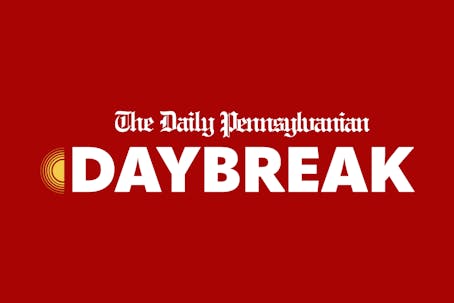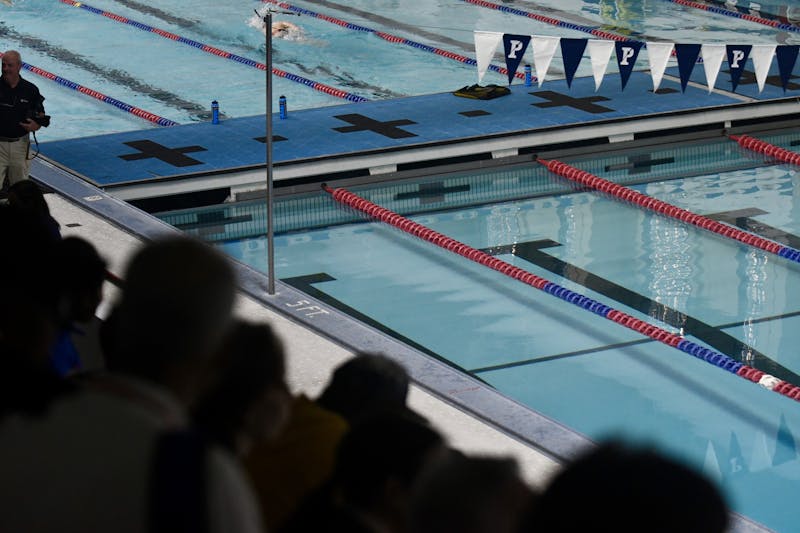The most recent phase of an ongoing Penn study of the U.S. electoral system has backed up previous findings of substantial voting problems.
The studies, conducted by the Fels Institute of Government with the help of InfoVoter Technologies, found that the most pressing issues are voters' unawareness of polling locations and lack of help from local election boards.
During the 2005 elections, the local election boards failed to answer 30 percent of voters' calls, the study found.
Patusky said that although 47 percent of calls went unanswered during the 2004 presidential elections, the new data do not indicate an improvement because fewer people were involved with the 2005 elections, which were mainly for local offices.
The most recent phase of the study monitored last month's elections and was released last week. The first phase was conducted during the 2004 presidential elections.
Fels Executive and Project Director Chris Patusky said these studies aimed to determine the effectiveness of the Help America Vote Act, for which Congress spent $3 billion to improve the electoral system after the 2000 Bush-Gore presidential elections.
During both elections, InfoVoter Technologies set up a hotline that voters could call for assistance. Calls would be forwarded to local election boards if needed.
"The problem here is informational," Patusky said. "If our hotline can provide the entire country with poll locations and hotline connections, then certainly the government can do it with their resources. [The act] solved the wrong problems."
At Penn, Patusky said, few people understood that the roots of such problems "are management issues rather than ideological."
"I think people here are overly focused on voter intimidation, vote suppression, fraud. ... These types of things represent a very small fraction" of the problem.
However, during the recent elections, Penn Leads the Vote -- a non-partisan group under the Fox Leadership Program -- helped to coordinate the elections on campus.
Carine Carmy, a College sophomore and co-chair of the group, said that it maintained a Web site with maps and information directing people to their polling locations.
College sophomore David Helfenbein, another Penn Leads the Vote co-chair, said that communication was key.
"We had to make sure that everyone knows where to vote and who they are voting for," Helfenbein said.
However, contrary to Patusky's study, Helfenbein said that he found that most voters were aware of their poll locations.
"It's hard to judge, but from what I could tell, the number of people who did not know their poll locations was not significant."
The Daily Pennsylvanian is an independent, student-run newspaper. Please consider making a donation to support the coverage that shapes the University. Your generosity ensures a future of strong journalism at Penn.
DonatePlease note All comments are eligible for publication in The Daily Pennsylvanian.







